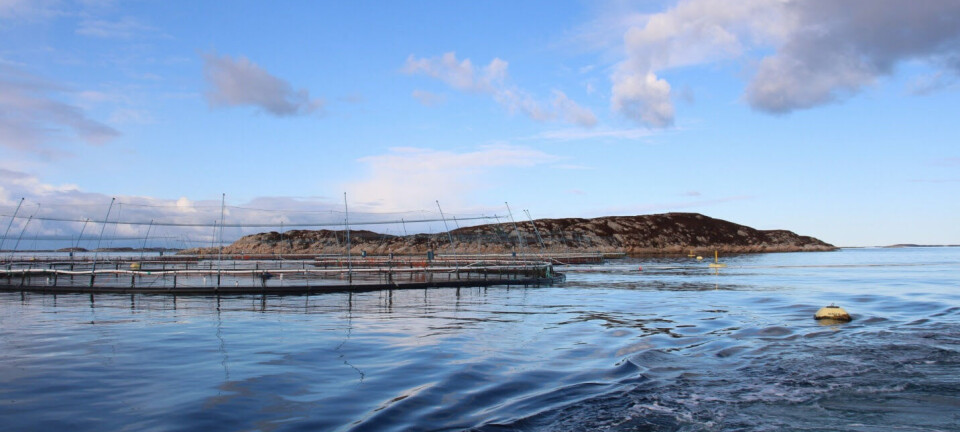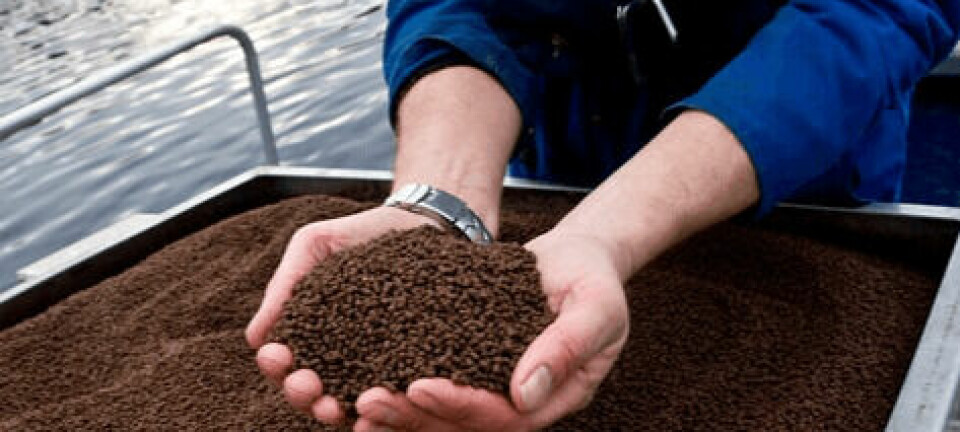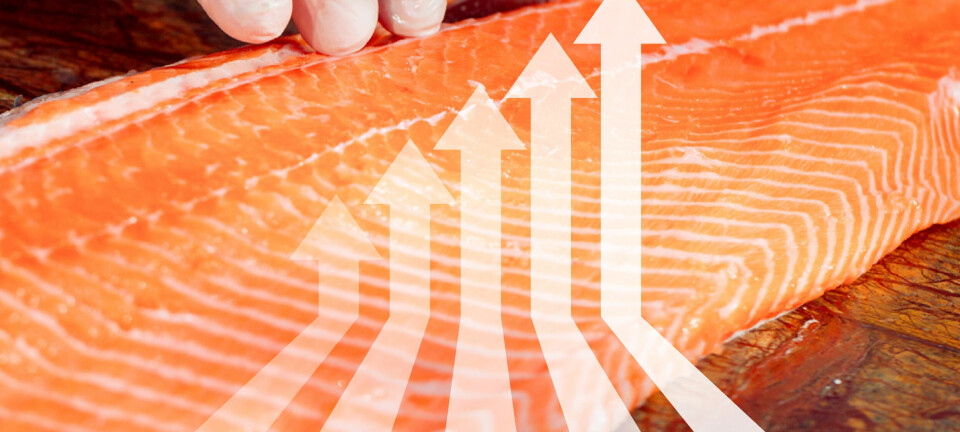
Redundant Scottish salmon sites 'could host £50m halibut industry'
Reduced stocking density means water exchange wouldn't be a barrier for farming high-value flatfish, says Otter Ferry veteran
Scottish fish farm sites that are no longer suitable for salmon farming could have a second life as halibut farms, aquaculture veteran Alastair Barge believes.
Barge has spent years running Otter Ferry Seafish, which is situated on the eastern shore on Loch Fyne and is one of just a handful of companies in the world producing halibut juveniles.
The fish are being produced for Otter Ferry Seafish’s new owner Amar Seafoods and are being shipped to its grow-out facilities in Norway and Atlantic Canada. But a plan to expand production of juveniles at Otter Ferry means that there’ll be enough fish to supply farms in Scotland, too.
“Over a five-year period, the plan is to expand juvenile production from 100,000 to 1 million,” explained Barge, who remains a director of Otter Ferry Seafish.
“To achieve this, we will seek to increase the number of photoperiods and thereby significantly increase egg volumes. At the same time, we will be improving survival rate in the delicate hatchery phase.”

Scotland should be well positioned to capitalise on the opportunity that halibut offers as a premium seafood product, said Barge.
“Site availability is an important factor both on land and in sea cages. Smaller redundant salmon sites are now suitable for farming halibut of high value at low biomass and present a good opportunity for the aquaculture sector in Scotland. An annual intake of 500,000 juveniles into Scottish waters will provide a harvest of 4,000 tonnes with a first-time value of over £50 million.
Smaller redundant salmon sites are now suitable for farming halibut of high value at low biomass and present a good opportunity.
Otter Ferry Seafish has long experience with halibut, having received its first broodstock at Otter Ferry in 1991 and run land-based Gigha Halibut for 15 years from 2008 until 2023.
“Gigha Halibut was an advanced market research programme showing just how well the halibut product was accepted by the most discerning of customers at home and abroad,” said Barge. “Going forward, the aim is to aspire to and to attain the production standards, sustainability credentials and the provenance achieved by Gigha Halibut.”
50,000 for Scotland
Barge said 50,000 juveniles have already been retained at Otter Ferry in order to kickstart Scottish production again.
“We are looking at various options for on-growing on land and in cages or a hybrid of the two systems,” said Barge, who added there was opportunity to utilise salmon sites that had been given up and returned to Crown Estate Scotland as unviable by operators who couldn’t increase biomass because of limited water exchange rate.
“Reduced halibut biomass matches the exchange rate, and the halibut will thrive in the shelter.”























































